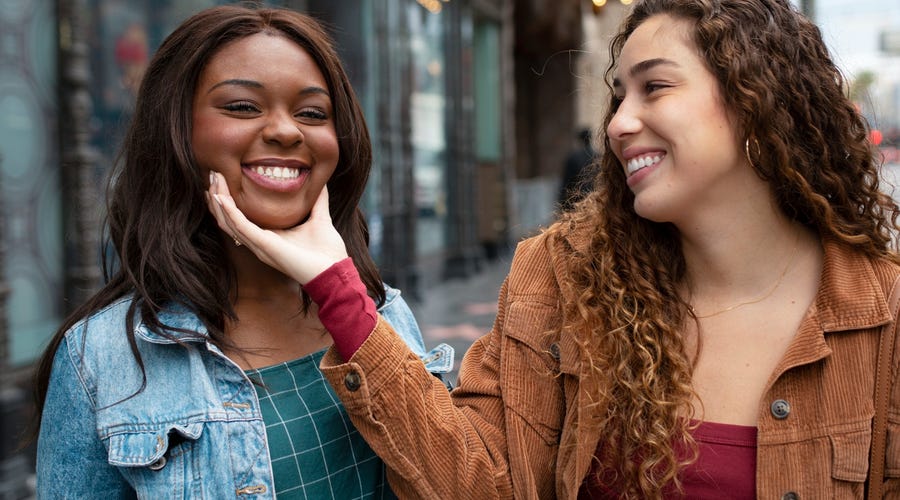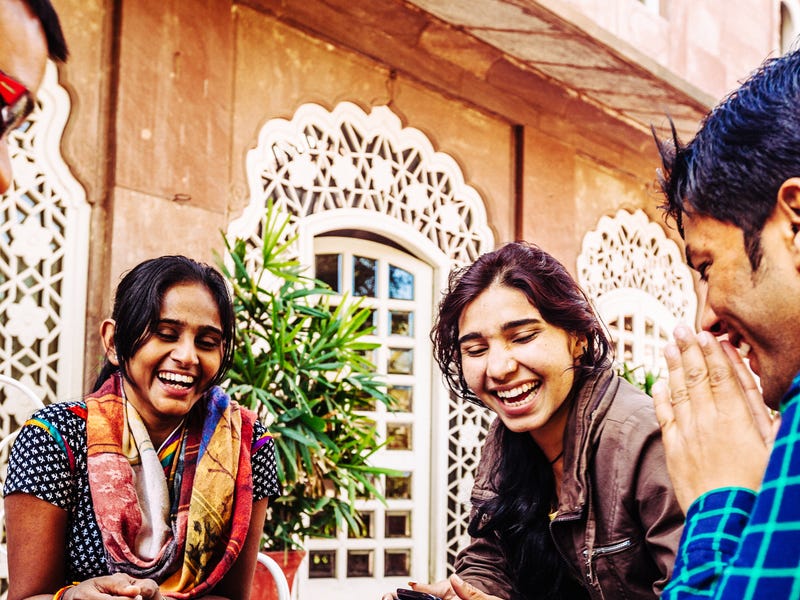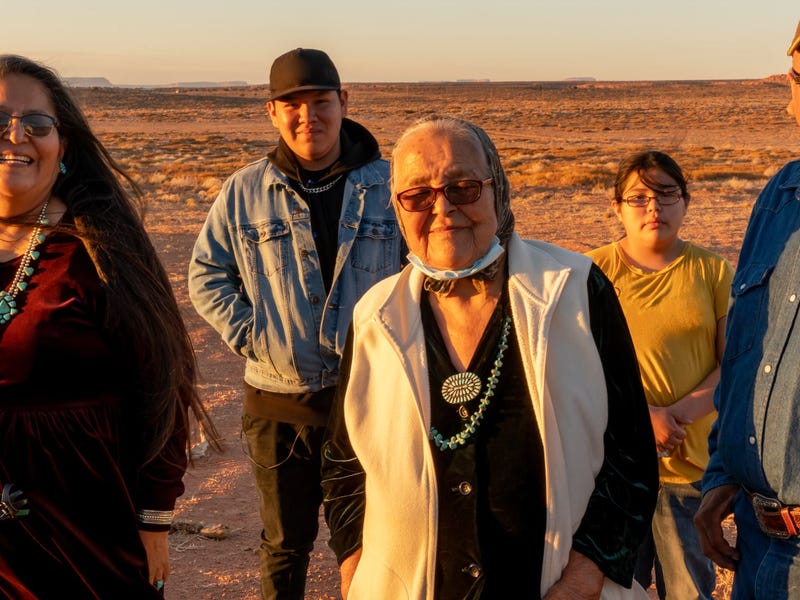From history lessons, you may remember the Louisiana Purchase as one of the most significant land deals for America. In 1803, the United States, under President Thomas Jefferson, purchased 828,000 square miles of territory from France - for only $15 million!
This doubled the size of the young nation and added previously French territories like Louisiana where French is still present today, but there are many complex reasons why French is so widespread in the US, with Cajun and Creole communities living as descendants of French settlers and African slaves, as well as French-Canadian immigrants in states like Maine.
If you're interested in learning French, our FREE French Essentials eBook is a great place to start.
In the US, Arabic is spoken in the immigrant communities from Arabic-speaking countries like Egypt, Lebanon, Syria, Iraq, Yemen and others. These communities are particularly concentrated in states such as California, New York, and Michigan, where Arabic is commonly heard in households, businesses, mosques, and community centers.
L.A. is home to the largest Koreatown in the country, and in many other large cities, Korean is spoken at home, in Korean-owned businesses, churches, and cultural organizations, helping to maintain and promote Korean heritage and language.
You might also occasionally hear Korean on the radio, as Kpop is becoming more and more popular and famous bands like Blackpink and Stray Kids climb up the American charts.

In New York City, the Brighton Beach neighborhood, often referred to as "Little Odessa," is especially famous for its Russian-speaking community. Russian cultural events, festivals, and markets are common, with traditional foods, music, and crafts. Los Angeles is another hub where Russian is commonly used at home, in Russian-owned businesses and at community events.
German is widespread in US states with high populations of German ancestry, like Pennsylvania, Wisconsin, and Texas. Pennsylvania has a large number of Pennsylvania Dutch speakers, which is popular among Amish and Mennonite communities, which is a German dialect and not, as you would expect, Dutch.
The name is just a mistranslation of the German word for German (“Deutsch”). Cities like Fredericksburg and New Braunfels in Texas were founded by German immigrants and still celebrate their heritage with festivals like Oktoberfest!
Download our beautiful visual, FREE German Essentials eBook to help you begin learning German.
Less common languages
The languages most spoken in America already get a lot of attention but I’d like to give an honorary mention to less known languages as well.
Keep in mind that the first human languages spoken on the American continent were indigenous languages of Native Americans, like Navajo, Hmong and Hawaiian. Many of these are now only spoken in reservations where Native Americans have established their communities and need to be protected in order to pass the test of time.
Another important language is American Sign Language (ASL), spoken by roughly 250,000 to 500,000 members of the Deaf and hard-of-hearing communities across the United States and parts of Canada.
As a natural language, ASL has its own unique grammar and syntax, as well as regional variations and dialects, just like spoken languages. These variations can include differences in signs, fingerspelling, and even slang. Additionally, ASL has influenced and been influenced by other sign languages around the world due to the global exchange of deaf cultures.

The most spoken languages in the US
Whether you’d like to help preserve an endangered language or learn one of the most spoken languages in the world to communicate with millions of people, your possibilities are endless.
Now that you know what to look and listen for, you’ll notice that foreign languages are all around us. Find out what the most spoken languages in Europe are here.
Otherwise, get started by browsing our language blog and pick a language that resonates with you out of the most commonly spoken languages in America! Chances are you’ll be able to hear your language of choice somewhere on the street, on the train or in your favorite restaurant.








